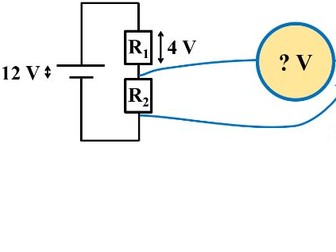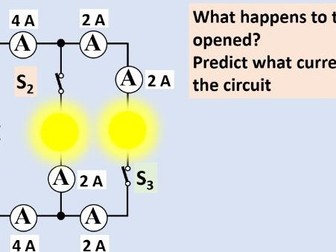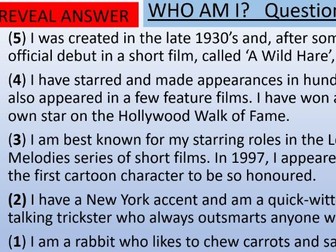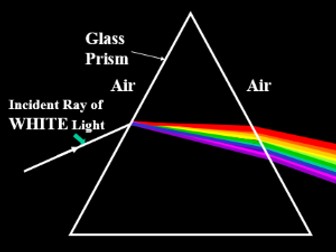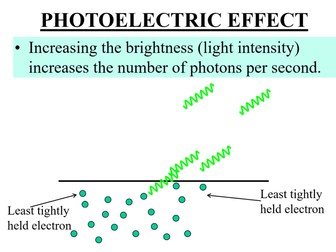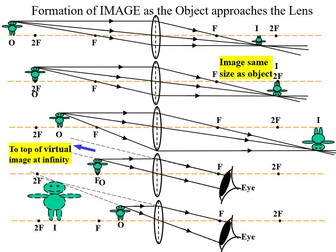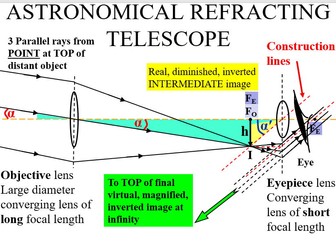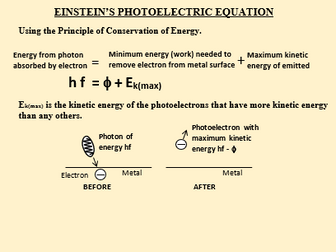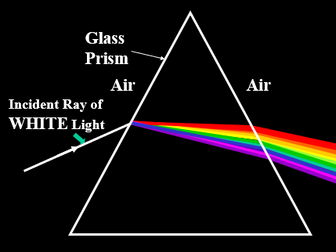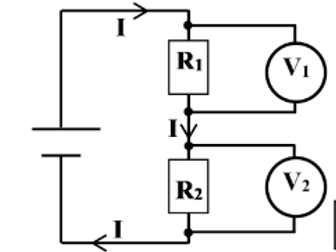VOLTAGE (PD) in SERIES and PARALLEL CIRCUITS
I have over 30 years of experience of teaching physics and I have found that voltage is a topic that many students find very difficult to grasp. I have found that this approach works well and so have now made it into a PowerPoint.
The PowerPoint consists of 13 slides. At the beginning it introduces the concept of voltage as the potential difference across two points and looks at the idea that potential difference is not used up by the conducting leads, only by a resistance.
It also looks at the potential at different parts of simple circuits and then goes on to look at the potential difference across various points in the circuits.
It shows that the potential difference across resistances in series add up to the supply voltage and explains why the bigger potential difference is across the bigger resistance. It also gives a numerical example of this.
It shows that the potential difference across resistances in parallel is the same and explains why the bigger current flows through the branch of smaller resistance. It also gives a numerical example of this.
It ends with a recap followed by a series of ‘Find the Voltage Questions’ aimed at reinforcing and checking on student learning.
I have found that the more examples you do the better.
This PowerPoint would be useful as an introduction, as reinforcement and for revision.
